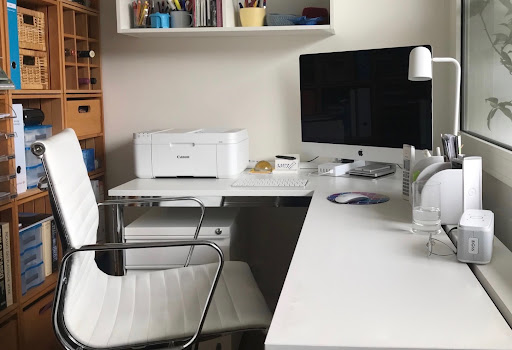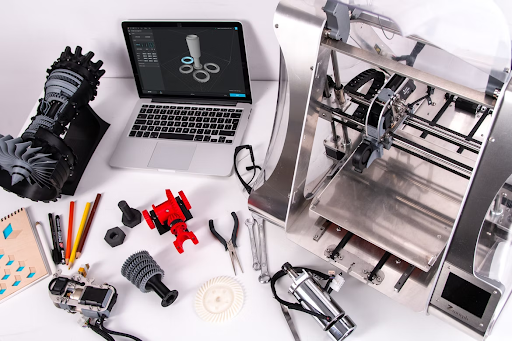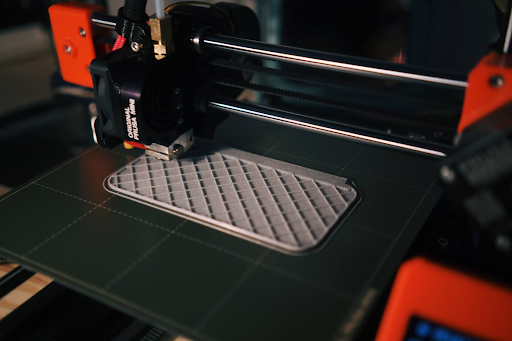Everyday Work Necessities That You Can Save Money On
In order for companies to make a profit, it is vital that they keep a close eye on their expenditure. That’s why they look for tips on choosing the right laptop or research the financial benefits of automation. If you’re currently trying to reduce your business costs, read on. This article discusses some everyday work necessities you can save money on.
Printing Services
Whilst some businesses have in-house printing capabilities, it is often more cost-effective to outsource these jobs. This is because professional printing companies are often able to produce the work more cheaply. When you outsource your printing, you don’t have to buy costly printers and deal with their maintenance issues. This can be a huge time/money saver, especially if you don’t have in-house IT staff.
If you have in-house printing, someone has to be paid to operate the printer and do the job right – requiring time and training. When you outsource this, you don’t have to worry about these labor costs. In turn, this frees up time for you and your employees to focus on other tasks. A Google search can help you save on printing services whether it’s faxing, scanning, computer usage, or black and white prints. You can access printing products with real-time pricing thanks to companies accredited by the Better Business Bureau.
Cleaning Services
The cost of commercial cleaning services varies depending on the size of your workplace, the frequency of service, and other factors. In many cases, using professional cleaners can save you money on supplies. They will have access to bulk discounts on things like paper towels and cleaning solutions. They may also be able to get special rates from vendors for things like carpet cleaning or window washing. By having a professionally cleaned workplace you may be less likely to need repairs or replacement of your equipment and furniture. If this situation does occur, it will probably cost less than if it had been allowed to deteriorate through neglect.
Professional cleaners can also help you save money on insurance. This is because Insurance companies often give discounts to businesses that maintain clean and safe workplaces. Finally, this option can enhance people’s work productivity. Studies have shown that workers are more productive in clean and well-organized surroundings.
Office Furniture
If you want to save money, you can find good-quality secondhand items at garage sales, thrift stores, and online marketplaces. Also, modular furniture is cheaper than buying individual items because you’re buying the components instead of the entire set. In some cases, people are even able to make their own furniture. If you are handy with tools and have the time, you could build your own desk, chair, or shelves. Alternatively consider refurbishing your chairs and sofas rather than replacing them – and using cushions and throws to enhance them.
Ergonomic furniture is designed to reduce strain on people’s bodies. It can help to prevent injuries in the workplace such as back pain or RSI. This can save companies a lot of money in the long run in terms of sickness and time off etc. Some examples of ergonomic furniture include adjustable desks and chairs, standing desks, and kneeling chairs. Ergonomic furniture can be more expensive than traditional furniture, but it can reduce the cost of work injuries, and (being made of quality materials) it may last longer.
Technology
You can save money on work necessities by being smart about technology. One way to do this is to buy refurbished electronics. These are items that have been returned and fixed by the manufacturer. They are usually a lot cheaper than buying new ones, and you can find them for a variety of products (including laptops, printers, and phones). Another way to save money on technology is to buy last year’s model. Technology changes so rapidly that by the time a new product comes out, the previous version is often just as good but a lot cheaper. Finally, you can save money by sharing devices with co-workers. If you don’t need your own laptop or printer, see if you can share with someone else in the office.
Office Supplies
If you buy office supplies in bulk, it is usually cheaper per unit than buying individual items. Also, generic brands are usually just as good as the name brand – but a lot cheaper. Additionally, you can save money by reusing and recycling office supplies. Don’t throw away used printer paper – recycle it! You can also reuse envelopes, folders, and other office supplies.
Some other money-saving tips include:
- Using online resources instead of paper (e.g. through cloud technology)
- Getting your office supplies from a discount store
- Checking out office supply store websites for coupons
- Looking for Black Friday deals, flash sales, etc.
- Using price comparison websites to find the best deals from a wide range of suppliers
Lighting
Fluorescent lamps are the most common example of workplace lighting, being relatively inexpensive to purchase and operate. Also, they provide good illumination for work areas. Metal halide lamps are more expensive than fluorescent lamps, but they provide better illumination for workplaces. LED lamps are becoming more popular because they use less energy than other types of lighting and they last longer.
Some extra ways to save money on workplace lighting include:
- Having occupancy sensors that switch lights off when people are not in residence
- Using natural light as much as possible
- Installing task lighting to reduce the need for general lighting
- Having a regular maintenance schedule to ensure that lamps are operating efficiently
- Replacing lamps with more energy-efficient models when they reach the end of their life
- Using lower-wattage lamps in areas that don’t need as much light
As you can see, there’s no need to despair if you are looking at your company’s finances. There are money-saving options that can help you with your purchases – be they big or small. You can cut the costs of your everyday work necessities and review your nonessentials at the same time. This way the running costs of your business will be significantly improved
Check Next >https://www.neoadviser.com/4-things-you-need-to-start-an-e-commerce-store/



